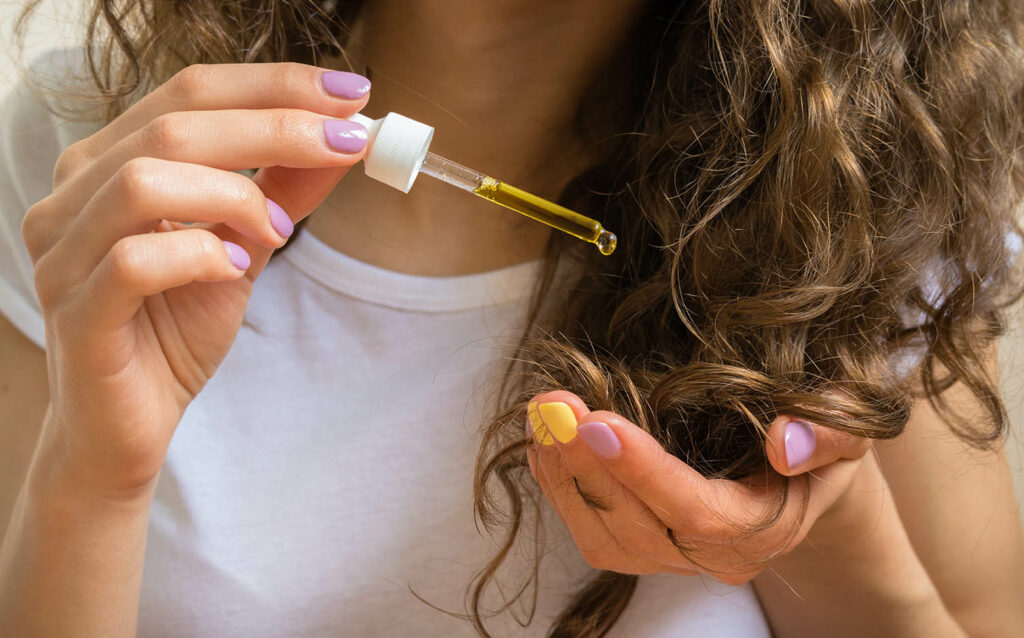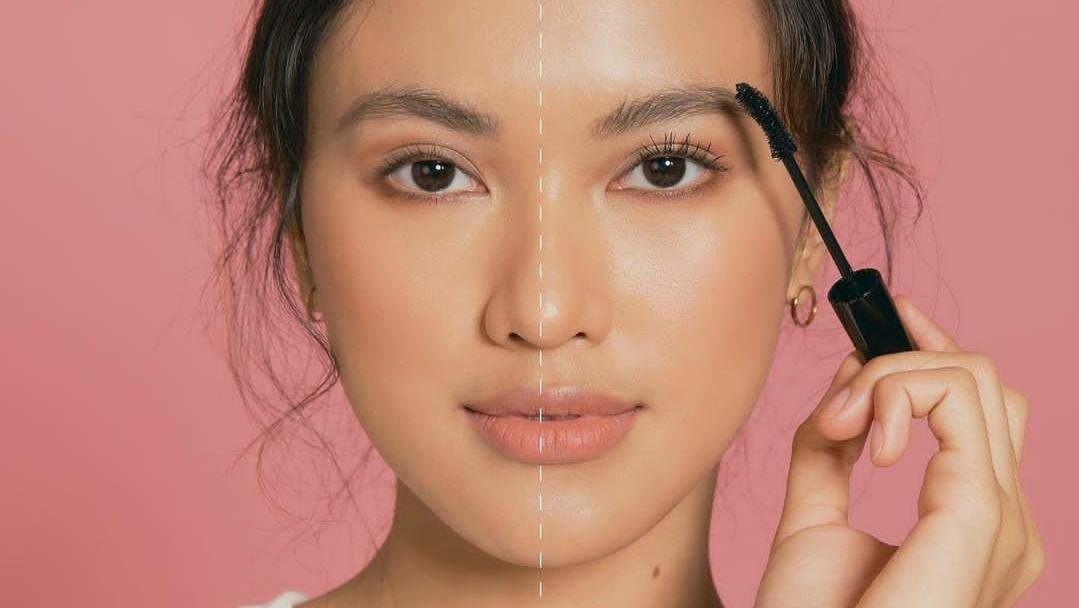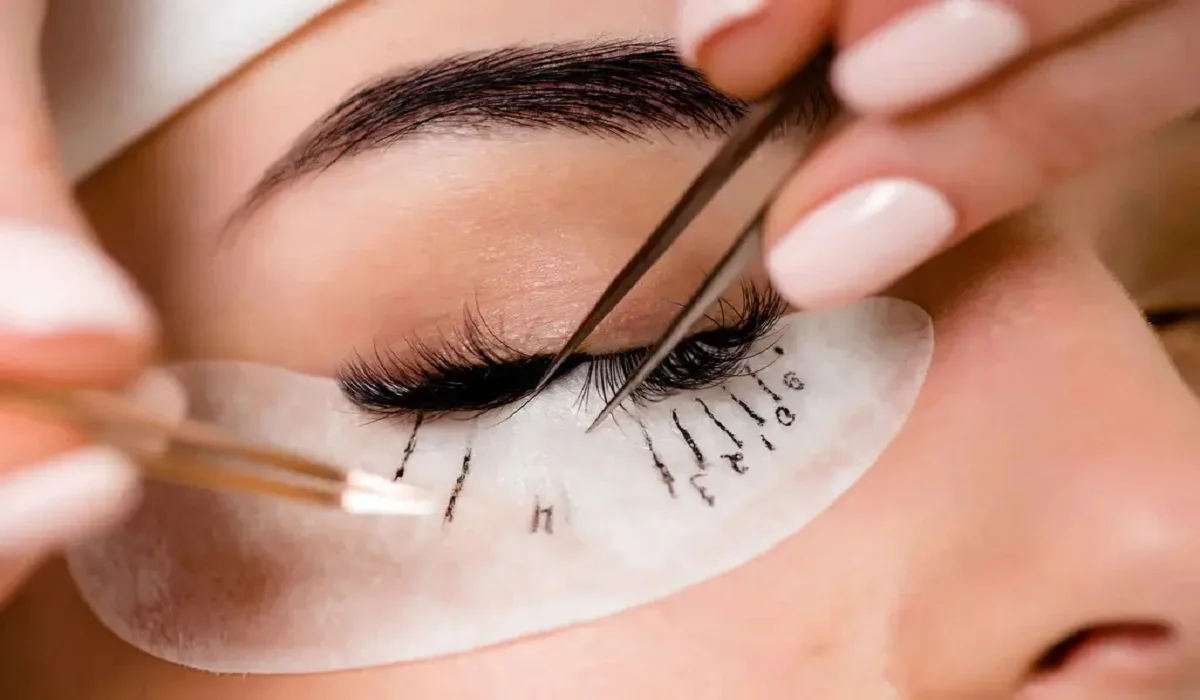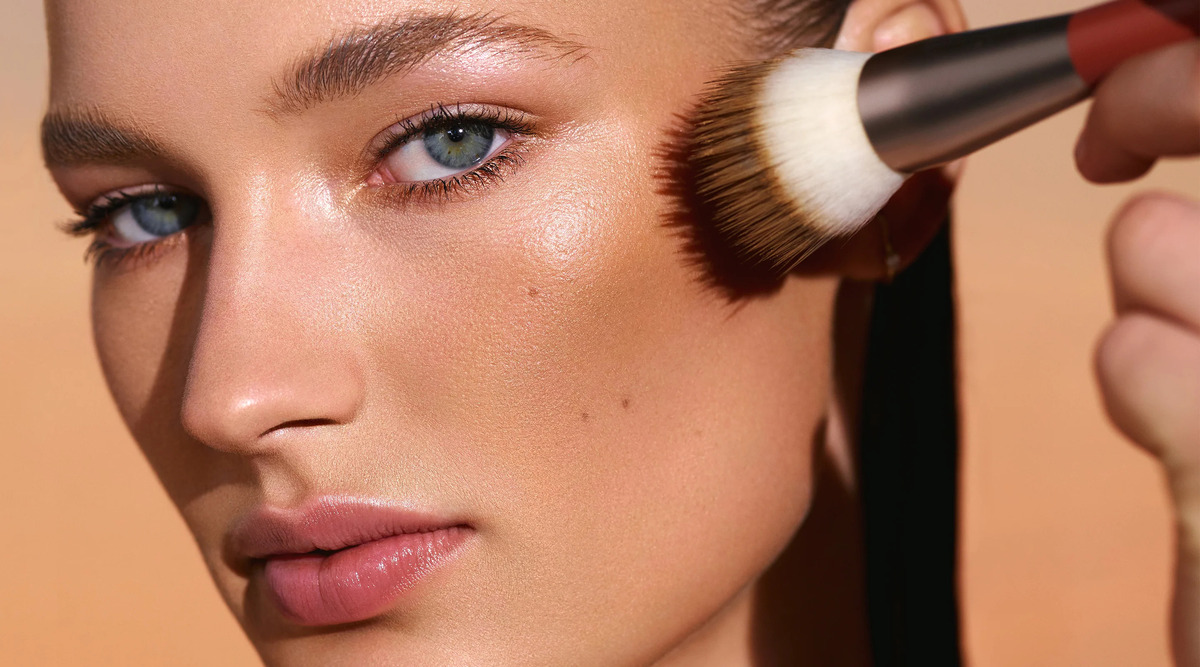
In the realm of hair care, leave-in conditioner has become a staple product, beloved by both hairstylists and enthusiasts alike. While traditional rinse-out conditioners offer essential nourishment and hydration, leave-in conditioner takes it a step further, providing additional benefits that contribute to healthier, more manageable hair. In this article, we will delve into the world of leave-in conditioner, understanding what it is, how it works, and the wonders it can do for your hair. Whether you’re seeking to improve moisture retention, detangle stubborn knots, or protect your hair from environmental stressors, join us as we unlock the benefits of leave-in conditioner.
What is Leave-In Conditioner?
Leave-in conditioner, as the name suggests, is a hair care product that is designed to be left in the hair without rinsing it out. It typically comes in the form of a lightweight cream, spray, or serum and is applied to damp or dry hair after shampooing and conditioning. Leave-in conditioners are formulated with a blend of hydrating ingredients, such as oils, moisturizers, and proteins, to provide ongoing nourishment and protection to the hair throughout the day.
Moisture Retention and Hydration:
One of the primary benefits of leave-in conditioner is its ability to retain moisture in the hair. Dry, dehydrated hair can lead to frizz, brittleness, and breakage. Leave-in conditioners contain humectants that attract and lock in moisture, helping to keep the hair hydrated and moisturized for extended periods. This is particularly beneficial for individuals with dry, coarse, or chemically treated hair, as leave-in conditioner acts as a shield against moisture loss, leaving the hair soft, smooth, and manageable.

Detangling and Improved Manageability:
Leave-in conditioners work wonders when it comes to detangling unruly hair. Their conditioning properties help to smooth the hair cuticles, reducing friction and making it easier to comb through knots and tangles. By providing slip and lubrication, leave-in conditioners minimize hair breakage and damage during the detangling process. This is especially beneficial for those with curly, textured, or easily tangled hair, as leave-in conditioner can help to define curls and reduce the formation of knots.
Heat Protection:
Styling tools like hair dryers, straighteners, and curling irons can subject the hair to high temperatures, leading to heat damage. Leave-in conditioners often contain ingredients that provide a protective barrier for the hair, shielding it from the harmful effects of heat styling. These conditioners coat the hair strands, creating a barrier that helps to reduce moisture loss and minimize damage caused by excessive heat exposure. Incorporating a leave-in conditioner into your hair care routine can help maintain the health and integrity of your hair, even when using heat styling tools.
Enhanced Shine and Smoothness:
Leave-in conditioners have the ability to enhance the shine and smoothness of the hair. By nourishing and moisturizing the hair strands, they help to improve the overall texture and appearance of the hair. Leave-in conditioners can smooth down the cuticles, minimizing frizz and flyaways, and creating a sleek, polished look. Additionally, they add a healthy sheen to the hair, making it appear lustrous and vibrant.
UV Protection:
The sun’s harmful UV rays can take a toll on our hair, causing dryness, color fading, and overall damage. Some leave-in conditioners contain UV filters or ingredients with natural sun-protective properties. These protect the hair from the damaging effects of UV radiation, minimizing color fading, preserving the hair’s moisture balance, and maintaining its overall health.
Leave-in conditioner has transformed the way we care for and style our hair. With its unique formulation and multitude of benefits, it has become an essential part of many hair care routines. From providing long-lasting moisture retention and hydration to detangling stubborn knots and protecting against environmental stressors, leave-in conditioner offers a host of wonders for our locks. It improves manageability, enhances shine and smoothness, and even provides heat and UV protection. Whether you have dry, damaged, or easily tangled hair, incorporating a leave-in conditioner can significantly improve the health, appearance, and overall vitality of your hair. Embrace the power of leave-in conditioner and unlock its transformative benefits for gorgeous, nourished, and manageable hair every day.








